Proper planting of pitted peach
Wondering how to plant a peach? There are several ways. You can, for example, buy a seedling in the spring at the market or in the nursery. But the prices for seed are quite high, and you will only learn about the characteristics of the variety from the words of the seller, therefore it is much cheaper and more reliable to grow a seedling in your summer cottage from a seed sprouted at home.
Which peach or nectarine should you choose?
The choice of seed should be approached as responsibly as possible.
- Peaches from shops are not good. Firstly, they are often brought from warm countries, and these varieties are unlikely to take root in the harsh Russian climate, and secondly, they pluck these fruits unripe, so the seed simply cannot germinate.
- It is better to take seed from unvaccinated nectarine branches in order to preserve the characteristics of the variety as much as possible.
- Choose as a donor only fully ripe fruits, without traces of rot and other visible defects.
Important!
If you are borrowing nectarine for sowing from your neighbors, be sure to ask them how best to care for this peach tree variety. Better than seasoned gardeners, no one will tell you how to plant a peach.
Sowing options for peach pits
If you decide to play it safe and have prepared a lot of seeds, you can sow them directly in open ground in the fall. Make sure the soil is loose and moist enough. In winter, the seeds of a peach or nectarine are naturally stratified, and by the beginning of the summer season they should have young shoots. Be prepared for the fact that out of 10 seeds of sprouting, there may be only one or even one.
Landing rules
- Don't bury the bone deeply.
- Cover the planted area with dry conifers and other branches to protect the growth from damage.
In the autumn method of planting, the seeds are subjected to natural selection and hardening, after which they are easier to tolerate frost. Therefore, the seed that sprouts as a result, with proper care, will necessarily turn into healthy and fertile trees.
Stratification at home
If you only managed to get a few peach pits, you need to take personal control of the stratification procedure.
- Take recently picked fruits, remove seeds.
- Rinse seeds well and remove fibers.
- Place them in a small box of coarse, moistened sand.
- Place the container in a cool, dark place and leave it there until spring.
- When the process makes its way through the shell, transplant the seed into a pot, where the formation of roots will continue, if proper care is taken.
Pre-extraction of seeds
During natural seed stratification, it is rarely possible to achieve 100% efficiency, so sometimes, in order to speed up the cultivation of a peach from a seed, it makes sense to help this process at home.
Open the bones by hand in autumn. Dip them in a container of water for a few days (the water should be changed every day). Once the seeds are swollen, start sowing.
- Prepare a separate pot with a drainage hole for each seed.
- Pour earth mixed in equal proportions with coarse sand there.
- Place the seed.
- Cover with transparent plastic wrap for a greenhouse effect.
- Place the seedlings in the most luminous area.
Seedlings need constant care. Water and ventilate greenhouses, make sure that condensation does not accumulate in them.Plant the grown peaches outdoors in the spring.
The choice of a permanent place and the final planting of the plant
The next year, after the seeds, planted in the autumn method, sprouted in the open field, they will turn into full-fledged seedlings a little more than one meter high. At this time, they can already be transplanted to the main place.
Those seedlings that were grown at home on the windowsill can be planted in the first spring where you want to see a peach tree in the future. Before the onset of autumn frosts, they will have time to get stronger and take root.
An important point is the choice of the optimal place for the peach:
- south or southeast of the site;
- not far from a natural or artificial fence, which will serve as protection from the wind;
- the soil should be loose, nutritious, well moistened.
Advice
Moisture stagnation at the roots causes the tree to rot and die, so never plant peach or nectarine in heavy, clay soil.
Young seedlings require constant care and attention.
- Be sure to spray trees against diseases and pests.
- Water them regularly.
- Fertilize the soil with mineral and organic compounds. This should be done very carefully so as not to harm the delicate young roots.
Seedlings that have not yet formed are often sick, therefore, they will benefit from feeding with liquid manure and spraying with insecticides, for example, "Ridomil" or "Tiovit", which will protect the nectarine from pests.
When the tree grows to 70 centimeters, you will need to form a crown for it:
- get rid of side branches;
- remove deformed and weak stems.
In 3-4 years you will be able to get the first crop of peaches from your own garden.
Growing a homemade peach in a pot
A tree with peaches can be grown not only on a personal plot, but also on a windowsill. True, the first harvest will have to wait 5-6 years. Nectarine is a very capricious plant, so it needs careful care and attention.
According to the cultivation method, a peach in a pot is almost no different from a nectarine in an open field. Only in the first case, the bone must be immersed in a growth stimulator for several hours before planting.
- Keep the soil always moist.
- Cover the pot with plastic.
- Open the film for a few hours every day.
- As soon as the seed grows, the cellophane can be removed.
If you are lucky, the stone at home will not only sprout roots, but also the stem of the future peach tree will begin to form. At this time, the plant needs especially gentle care and abundant daily watering.
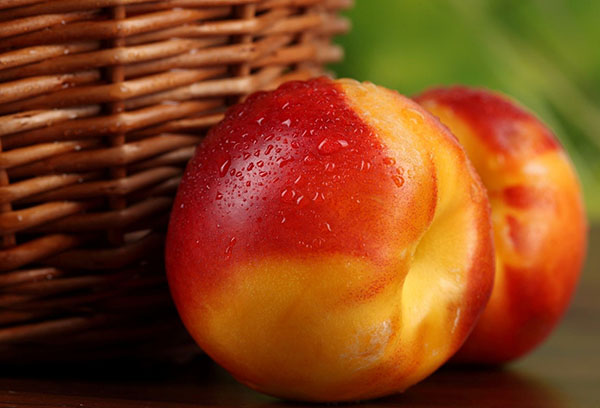
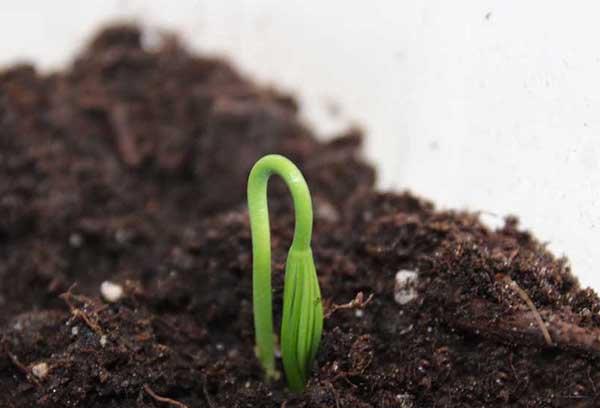
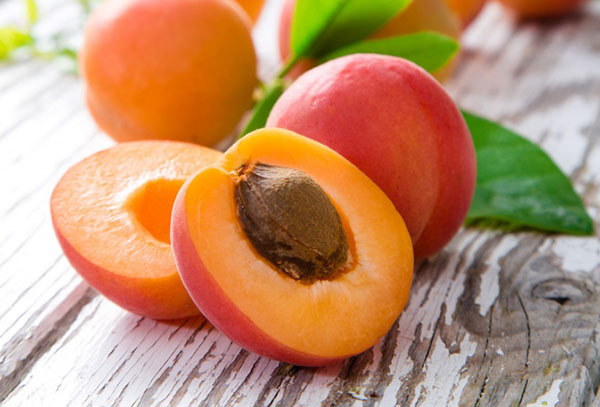
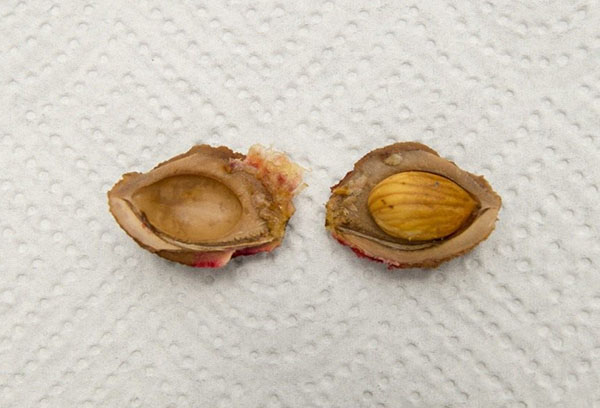
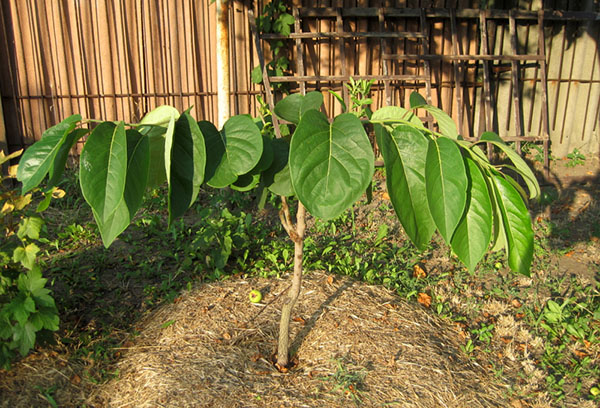
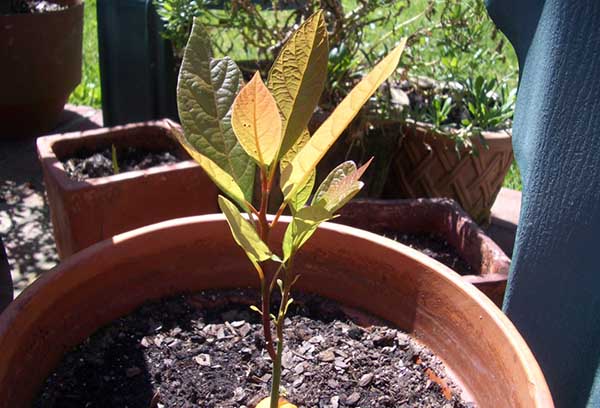
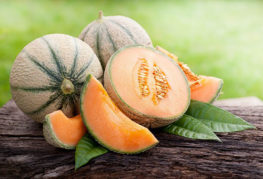
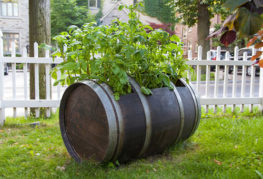
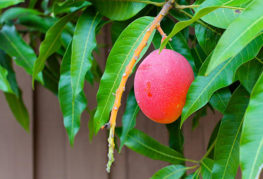
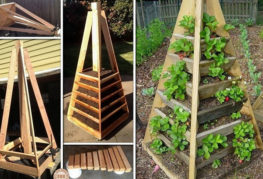
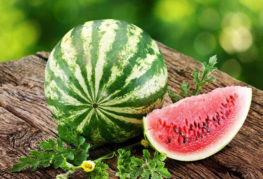
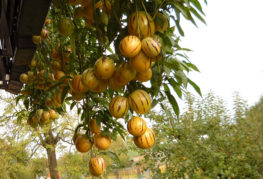
and will be published shortly.